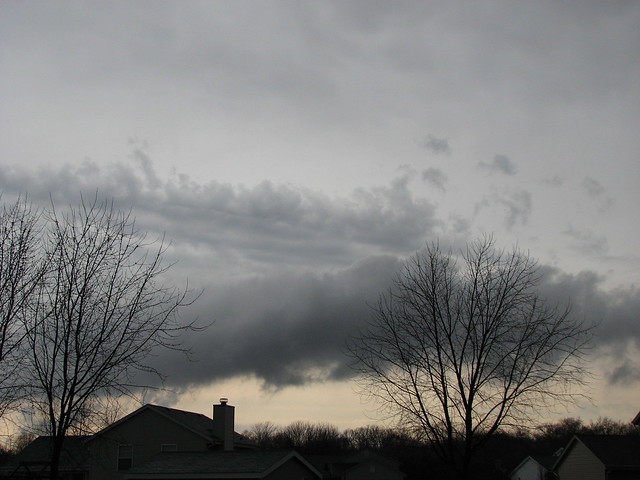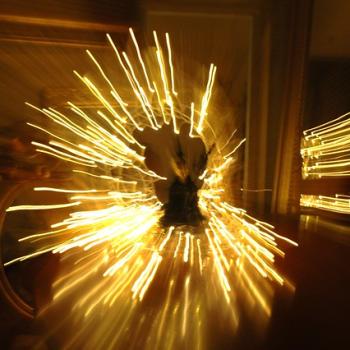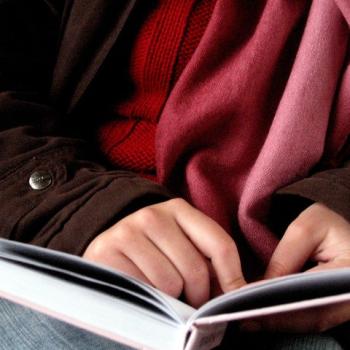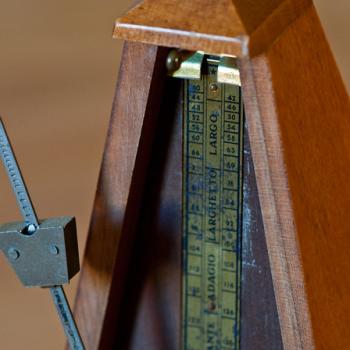
Stillness Before Daylight Saving Dawn
Mornings last week were beginning to show the first omens of spring. Light was starting to shine through those chilly winter mornings. This week, daylight saving time has pushed that light back into its box.
Those of us who remembered to spring forward find ourselves emerging into mornings which are once again dark and still.
It generally takes my mind and body a few days to adjust after each change.
Nearly 70 countries in the world practice some form of daylight saving time.
An entomologist from New Zealand first proposed the idea in 1895. In 1905 a British builder independently developed a similar idea and lobbied the British Parliament unsuccessfully on its behalf until his death.
The first nations to adopt Daylight Saving Time were those in the German Empire and their ally Austria-Hungary in 1916 to try to conserve coal during the First World War. Nations on both sides of the war, and neutral ones, soon followed.
The United States adopted Daylight Saving Time in 1918. Many jurisdictions abandoned the program after the end of the war. It became common again during the Second World War and was expanded in the United States and Europe to save energy during the 1970s.
The rationale for Daylight Saving Time is people prefer daylight hours to enjoy after work. Adjusting the clocks to an hour earlier during summer allows more people to take advantage of longer daylight in the evening.
Some of us focus our efforts on making sure everyone remembers to change their clocks. Reminders flood social media. We need to remember how to change the clocks on each of the many devices which keep time for us.
Our smart devices change automatically.
What do we actually save?
Losing the morning light affects how I listen to sacred stillness.
Morning Stillness and Daylight Saving Time
It is tempting to stay in bed when I wake up and it is still dark outside.
Yes, we can listen to sacred stillness lying down in bed. Sometimes it helps to stay under the covers, close our eyes, and set our thoughts aside. We can hold the demands and distractions, the expectations and requirements of each day at arm’s length.
Some of us give more attention to listening to sacred stillness as the sky becomes brighter each morning in spring. We rise early enough to build a contemplative listening practice each morning.
For others of us, cooler temperatures and dark skies can be obstacles. We need to get up and get going before other people can get in our way.
The progression of spring, once we have crossed the Daylight Saving Time line, helps encourage us to lean into the calendar.
Some of us find it helpful to get everyone else up and out before we settle down to our sacred listening. There is no single proper way to practice listening. The significant part of our own practice is how effective it is for us.
There are mornings when I wake up early, much earlier than I had hoped, and contemplative listening is helpful. The most important part of our practice is spending time in contemplative listening.
I believe spiritual life lives all around us and within us. We are never far from God’s loving presence, even when it might feel like we are.
We take time to sit still, breathe deeply, and listen to sacred stillness. Our practice is not about imposing our assumptions or agenda on spiritual life. We listen to hear the breath of God.
We hear God in new ways in each morning’s stillness, whether or not we are saving daylight.
Evening Stillness and Daylight Saving Time
Many of us practice contemplative listening in the morning and in the evening.
This week Daylight Saving Time has pushed sunset back an hour for us, giving us more sunlight to practice listening.
We feel we have more time to prepare everything for tomorrow morning and to complete the tasks we set for today. It feels like we have more time for stillness, for contemplation and listening.
It is easy for us, in the midst of the pandemic and the wars around the globe, to feel we need more rest. Evening stillness during Daylight Saving Time can help some of us take advantage of the time we have for rest and reflection.
The liturgical season of Lent can also help us set aside habits and attitudes we do not need and take time to rest and reflect. This is a season for us to ruminate in low gear, chewing on spiritual nutrition with plenty of fiber.
The time just before dawn or just after sunset can provide a contemplative framework for our days.
Days hemmed in listening to sacred stillness are less likely to unravel.
As we listen the stillness opens itself and shares its secrets.
Listening to Sacred Stillness and Daylight Saving Time
We will not necessarily save any time today. Whether or not we save daylight is something we choose for ourselves each day.
Pushing our clocks forward does not automatically mean we will find extra time at the end of each day. We may choose to spend our hours working or sleeping, reading or watching television.
Daylight Saving Time does guarantee we will use our time wisely. It does not actually give us more time each day.
Many of us will not change the ways we spend our days from how we spent them last week.
We have an opportunity to change, to invest our time wisely. It is a challenge, and we need to practice making the changes we want to make. Our good intentions will not always accomplish practical changes.
If we would like to develop a contemplative listening practice, this seems to be a particularly opportune time.
We begin by practicing sitting still, breathing deeply, closing our eyes, and listening to sacred stillness.
How will Daylight Saving Time shape our practice of contemplative listening today?
When will we listen to sacred stillness in this time of Daylight Saving Time this week?
[Image by bcmom]
Greg Richardson is a spiritual director in Southern California. He is a recovering assistant district attorney and associate university professor, and is a lay Oblate with New Camaldoli Hermitage near Big Sur, California. Greg’s website is StrategicMonk.com and his email address is [email protected].












